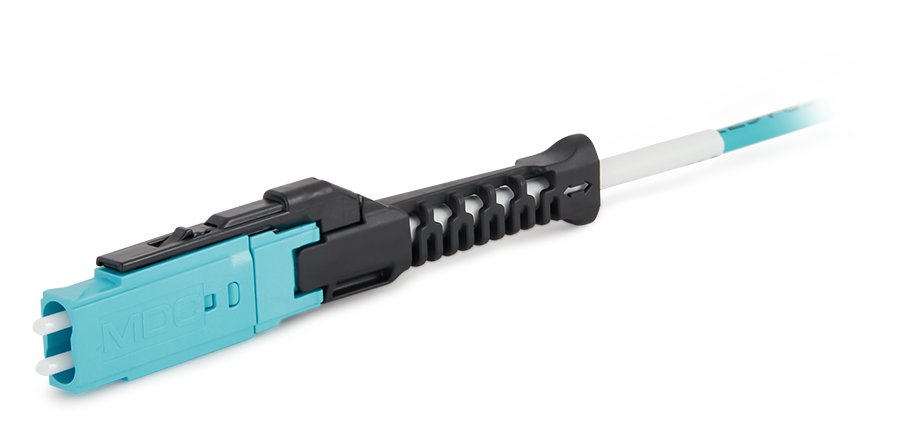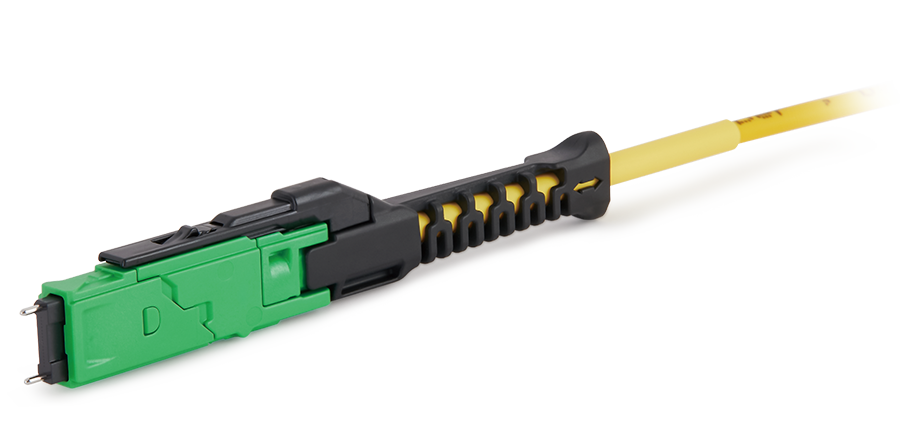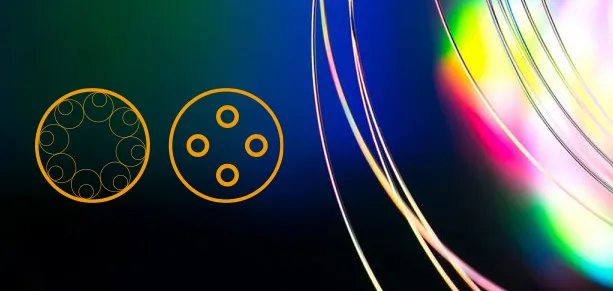Fiber Optic Reflector, also known as a Fiber Bragg Grating (FBG) filter, is typically installed at the front end of the optical network ONU. When combined with OTDR equipment, it enables point-to-point (PTP) or point-to-multipoint (PTMP) network monitoring, allowing for quick and accurate detection of network anomalies.
What Is a Fiber Optic Reflector?
FBG stands for Fiber Bragg Grating, which is a type of optical fiber grating. A fiber optic reflector is a diffractive optical grating that works by increasing the likelihood of light refracting within its fiber core, thereby creating periodic modulation to form an all-fiber device. Fiber optic gratings have characteristics such as small size, good wavelength selectivity, compatibility, mature manufacturing processes, and low cost. Due to these advantages, they are widely used in the telecommunications and sensing fields. Devices based on fiber optic gratings have become ideal key components in all-optical networks.
The fiber optic reflector utilizes the wavelength-selective property of the fiber optic grating, embedding the grating in an adapter. It can be easily installed at the front end of the optical network (ONU) and, when paired with OTDR, allows for quick and accurate fault detection in the optical network. Due to the excellent wavelength-selectivity characteristics of fiber optic gratings, their resistance to electromagnetic interference, and minimal wavelength drift due to temperature changes, they are able to quickly and accurately detect faults in the entire optical network, especially as the network's coverage and depth expand.
Applications of Fiber Optic Reflector
With the increasing use of optical splitters in Passive Optical Networks (PON), the complexity of ODN network deployment has also increased. The FTTx terminal splitter applies the main optical fiber signal to multiple branches, while increasing the difficulty of OTDR technology in identifying attenuation events on branch fibers. The application of fiber optic gratings in this environment proposes a wavelength-selective reflector to improve the quick and accurate detection of optical link faults by OTDR.
Typically, fiber optic reflector is installed on the ONU side. OTDR detects the reflected light signal from the fiber optic reflector and compares the echo loss between the normal link and the faulty link to determine whether the fiber in the link is damaged or broken. In a normal passive optical network (PON) system, the working wavelength does not meet the reflector condition and passes through with minimal attenuation. The reflector can perform its monitoring function without interfering with or losing traffic. The 1650nm fiber optic grating reflector reflects light at wavelengths between 1645 to 1650nm, with optical signals meeting this Bragg condition returning along the input path, while other wavelengths (1260 to 1625nm) can pass through. If the reflected peak in this wavelength range is detected in the input optical signal segment, it indicates the transmission path is normal. Otherwise, the path is considered abnormal.
End-to-end OTDR measurements from OLT to ONT are typically difficult due to the high losses and complex network caused by splitters. The application of fiber optic reflector provides a cost-effective solution to help OTDR detection and is the best way to achieve real-time end-to-end (OLT to ONT) optical network monitoring in FTTx networks.

 Fiber Optic Flex Circuit (FOFC)
Advanced Simulation & Optimization, High Positioning Accuracy, Flexible Customization, Rigorous Reliability Testing
Fiber Optic Flex Circuit (FOFC)
Advanced Simulation & Optimization, High Positioning Accuracy, Flexible Customization, Rigorous Reliability Testing MDC Solution
US Conec's MDC connector is a Very Small Form Factor (VSFF) duplex optical connector, expertly designed for terminating single-mode and multimode fiber cables with diameters up to 2.0mm.
MDC Solution
US Conec's MDC connector is a Very Small Form Factor (VSFF) duplex optical connector, expertly designed for terminating single-mode and multimode fiber cables with diameters up to 2.0mm. MMC Solution
US Conec's Very Small Form Factor (VSFF) multi-fiber optical connector that redefines high-density connectivity with its cutting-edge TMT ferrule technology and intuitive Direct-Conec™ push-pull boot design.
MMC Solution
US Conec's Very Small Form Factor (VSFF) multi-fiber optical connector that redefines high-density connectivity with its cutting-edge TMT ferrule technology and intuitive Direct-Conec™ push-pull boot design. EN
EN
 jp
jp  fr
fr  es
es  it
it  ru
ru  pt
pt  ar
ar  el
el  nl
nl 



_and_High-Reflection_(HR)_Optical_Coatings.webp)
